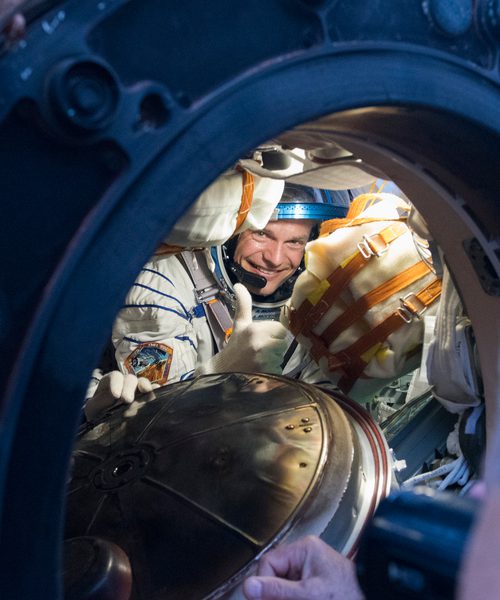
Stars
Many of the elements found in your body are formed inside stars when light elements combine - fuse - into heavier ones. The sun is just one of the many luminous balls of gas in the universe that we call stars. Let's take a closer look at the element factories that exist in the universe - Stars. This is where all the carbon, oxygen and iron in your body was formed
Most of the light we can see comes from stars. Stars are balls of super hot gas that are extremely heavy. They are mostly made up of the lightest elements in the universe, hydrogen and helium. Stars like the Sun are also made up of other elements such as carbon, oxygen and nitrogen, there's just very little of it.
A star is born
Stars are formed in what is called a nebula. These are huge areas of dust and gas that are scattered throughout a galaxy. In the image below you can see the nebula known as the Pillars of Creation. It is part of a larger system called the Eagle Nebula. The pillars are about 4 light years across - the same distance as from here to the nearest star Proxima Centauri. In the nebula, you can see some fingers sticking out. These are clumps of gas that have collapsed. The clumps are slightly larger than our solar system and new stars are forming inside them.

COLUMNS OF INTERSTELLAR GAS AND DUST IN THE EAGLE NEBULA
The lump of gas and dust collapses due to gravity and gathers into a sphere. As it gathers, it starts to rotate. To understand why it starts to rotate, imagine a merry-go-round that a bunch of children run up to and jump on. In the centre, the cloud is very dense and it starts to heat up. This is where the star is formed. Around the centre, the gas ball flattens out and forms a disc. This is what will later become planets.
The centre collapses more and more and becomes heavier and heavier, and it will attract more and more gas. At some point, fusion processes begin in the core and these are the processes where light elements are turned into heavier ones. The first fusion process is hydrogen being turned into helium and when this process starts, you have a star. It is these fusion processes that create the energy in stars and make them shine.
Types of stars
Not all stars are the same, and this is because they are formed under different conditions. Some stars have more gas and material available than others and will therefore be somewhat larger and heavier. The heaviest star we know of weighs about 100 times more than the Sun. The smallest weighs about a tenth.
In the image below you can see some different types of stars.
So there are different sizes of stars, but also the colour can be different. What determines the colour of a star is its surface temperature. The sun is an average star and has a surface temperature of around 5,500 degrees. Cold stars, such as Proxima Centauri, are red and only about 3,000 degrees, while hot stars, such as Sirius, are blue and almost 10,000 degrees.
This is the exact opposite of what we know from the cold and hot rooster.

STAR SIZES
The death of stars
Stars don't live forever. When a star can no longer make energy in its core, it is said to die. How long it takes for the fuel to be gone depends on the size of the star. All stars convert hydrogen into helium, but heavy stars can also convert helium into heavier elements such as carbon and oxygen.
So the stars make heavier and heavier elements in a kind of shell structure that looks a bit like an onion.
On the outside, the star converts hydrogen into helium, and further in, carbon is formed, which is the most important element for our DNA. Oxygen is also formed, which is part of all the water we have in our bodies. It's also the oxygen we breathe in that helps us convert the energy we get from the food we eat into something we can use to move. At the very centre of the star, iron is formed. Iron is found in our blood and is the reason why it has a red colour.
But stars cannot make heavier elements than iron. With heavier elements such as copper, silver and iodine, they can no longer get energy from the process. Therefore, energy production stops. When energy production in the core of the star stops, there is no longer any outward pressure to counteract gravity. The core starts to collapse, but the interior is compressed so much that everything is thrown back. This creates a shockwave that travels outwards and tears the star apart.
The heavier elements
But what about elements heavier than iron, such as gold and uranium? There are plenty of them - just on Earth. Gold and uranium are not created in a star, but it is the stars' fault that we have heavy elements. When the heavy stars die in a supernova explosion, the forces are so great that heavy elements bump into each other and fuse together. But that's a whole other story, which we will come back to another time.







